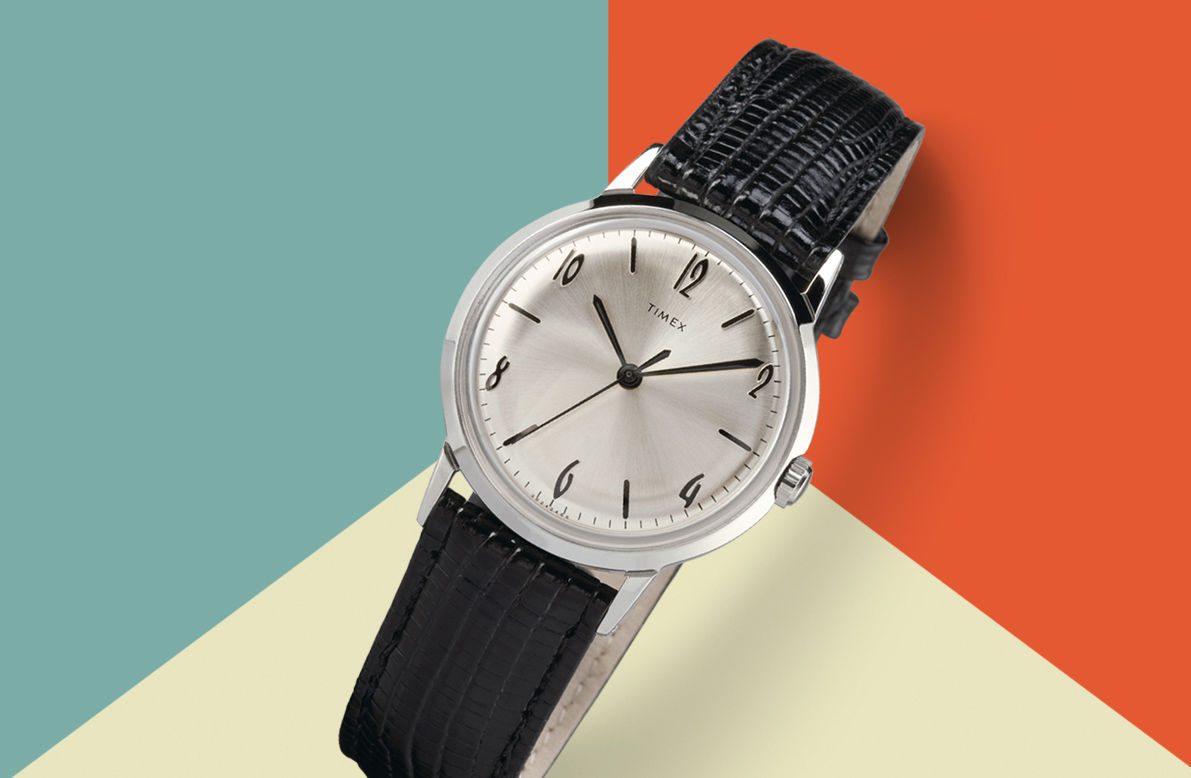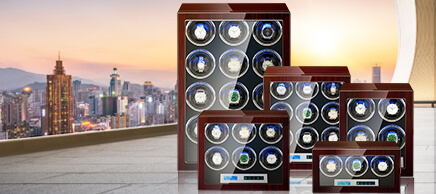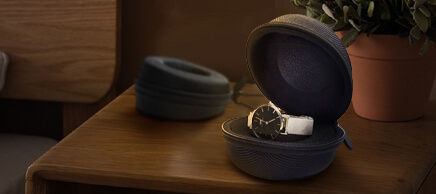Which is More Accurate, a Hand-wound Watch or a Self-winding Watch?
Many people are hesitant to buy a watch with manual or automatic winding. Style, weight, design, and accuracy are all considerations. Today we will talk about accuracy. This issue should be analyzed from several aspects of the watch structure, principle and use.
From the Structure
From the structure, the automatic watch only has more components for automatic winding, but the rest is the same as the hand-wound one, of course, its winding structure is also different. The precision of the watch mainly depends on the stability of the watch resonator, which is a mechanical oscillating mechanism composed of the balance wheel and hairspring, and its oscillation cycle should be stable. The oscillation period of the balance wheel. In addition, there are also external disturbances such as temperature, magnetic field, shock, etc. A good watch is one that minimizes these effects.
From the Watch Movement Principle
Theoretically, the larger the watch movement, the higher the frequency of the oscillation of the balance wheel and the more accurate the watch will keep time. Within the limited space available, both the balance wheel and barrel can be made larger. This is a great thing for a watch. Men's watches with high frequency should keep time with better accuracy, which lies in their greater resistance to interference.

Hand-wound and self-winding watches just have more or less an automatic winding component, which does not directly contribute to the watch's timekeeping accuracy. Their oscillators are basically the same in structure and size (except for the pearl tourbillon or small tourbillon and winding long power), so it is not possible to conclude which type is more accurate.
From the Using of Watch
In fact, the factors that affect the accuracy of a watch's timekeeping are mainly in use, with the clockwork torque having the greatest impact on the oscillation. A hand-wound watch needs to be fully wound every day, and when it is fully wound, all indicators of the watch will be better. When the watch is wound down, the amplitude drops and the accuracy generally deteriorates. If we imagine a good situation, the automatic watch will wind the watch at any time and continuously with the swing of the arm, and as long as the movement is enough, the watch should always be in the state of full winding, which is of course good and really good for improving the accuracy of the watch; however, if the arm swing is not enough, or if the arm only swings horizontally because it works all day in the office, and seldom does the vertical swing up and down, then the automatic tourbillon will basically be in the state of full winding. However, if the amount of arm swing is not enough, or if you work all day in the office, most of your arms only swing horizontally, and rarely do the vertical swing up and down, then the automatic tourbillon basically does not move, so it cannot be wound.
If you take off the watch when you go home, you can imagine that the automatic winding function does not work sufficiently, so I am afraid that such a watch cannot even guarantee the length of time (e.g. 30 hours or more continuously), and the watch is in a weak state for a long time, how can the accuracy of the watch be high? Automatic watches give people a misconception that they do not need to wind the watch by hand. However, if the wearer does not have enough movement, it is necessary to wind the watch in time or at regular intervals, just like with a hand-wound watch.
There was also a special case, I heard that there was a consumer who wore a Japanese Seiko automatic watch in the early years, but it always went much faster, but no problem was found in the maintenance, and other people with this watch could also go correctly, and then when he was asked about his work, he found that his work had a lot of movement, so the watch was over-wound and went faster.
In Conclusion
The above example shows that the automatic watch winding is always in the state of full winding, sometimes there will be a problem, after the automatic winding is tightened and full, it will produce slippage, the end of the winding is detached from the inner wall of the barrel, at the same time, it also produces slippage torque, this slippage torque is about 30% more than the normal winding full torque (I have tested several ETA 2836 automatic winding with a winding torque meter before, the full winding torque is basically around The full winding torque is around 1200g.mm, and the slip torque can reach up to 1800g.mm in an instant), which will easily cause the balance wheel to "hit the pendulum" and cause the watch to go much faster.
A manually wound watch is like a person who eats every meal, while an automatic watch is like a person who eats snacks all the time. Automatic watch winding efficiency is also an indicator, this is related to the structure of the automatic mechanism, like the Japanese Seiko "ratchet pawl" automatic structure, the fastest winding, the highest efficiency, in addition, the automatic tourbillon is heavy and large diameter (men's automatic tourbillon mass between 2-4.5 grams), the static pressure is also large, can also ensure the winding effect.










Congratulations, you have completed Facebook authorization.
To finish the login process, please provide email address.